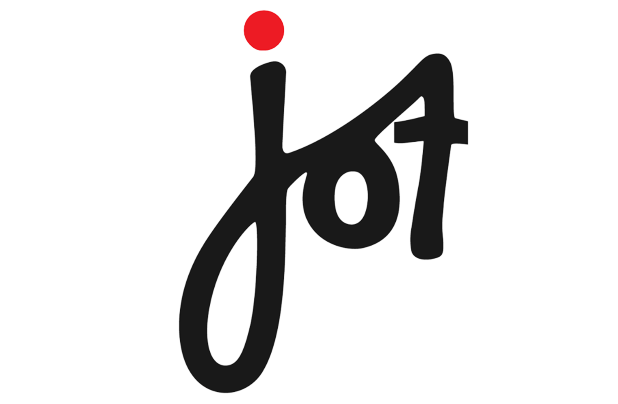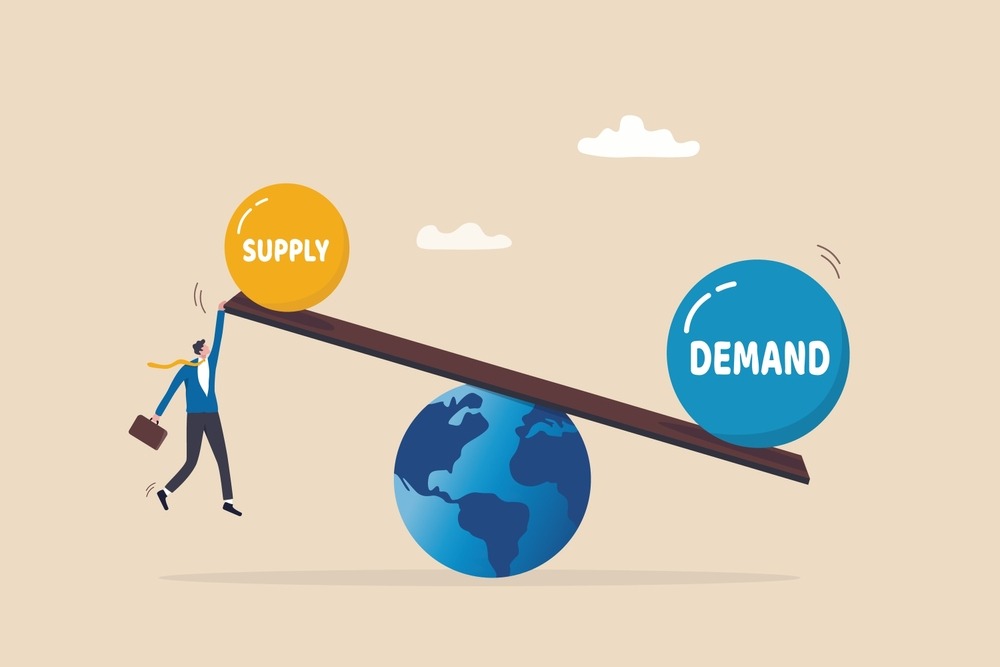Navigating the complex world of market dynamics requires a nuanced understanding of supply and demand. These fundamental economic principles dictate pricing, availability, and consumer behavior across various industries. By grasping the intricacies of supply and demand dynamics, businesses can make informed decisions, adapt to market fluctuations, and capitalize on emerging opportunities. In this article, we delve into the core concepts of supply and demand, explore their interplay, and shed light on strategies for leveraging this knowledge effectively.
II. Fundamentals of Supply and Demand
What is Supply and Demand?
Supply and demand are the bedrock of economics, governing the production and consumption of goods and services. Understanding supply and demand dynamics in the market involves recognizing the relationship between the quantity of a product available and the desire for that product.
In essence, supply refers to the quantity of a product that producers are willing to provide at various price points, while demand represents the quantity of the same product that consumers are willing to purchase at different price levels.
Factors Influencing Supply and Demand
Several factors influence supply and demand dynamics, shaping market outcomes. These include:
- Production Costs: The cost of inputs, such as labor and raw materials, can impact supply. Higher production costs often lead to reduced supply, as producers seek to maintain profitability.
- Consumer Preferences: Shifts in consumer preferences can alter demand patterns, influencing which products gain traction in the market.
- External Shocks: Events like natural disasters or geopolitical tensions can disrupt supply chains, causing sudden fluctuations in supply and demand.
Price Elasticity of Demand
The concept of price elasticity of demand measures how sensitive consumers are to changes in price. Products with elastic demand experience significant changes in demand in response to price fluctuations, while products with inelastic demand see relatively stable demand regardless of price changes.
III. Market Equilibrium
Understanding Equilibrium
Market equilibrium occurs when the quantity of goods supplied matches the quantity demanded at a specific price point. At this juncture, neither excess supply nor excess demand exists, leading to stable prices and optimal allocation of resources.
Impact of Disequilibrium
Disequilibrium arises when the quantity supplied does not equal the quantity demanded at the prevailing market price. This imbalance can lead to either surpluses or shortages, prompting market forces to adjust prices until equilibrium is restored.
IV. Supply and Demand in Practice
Pricing Strategies
Businesses often employ various pricing strategies to optimize revenue in response to supply and demand dynamics. These may include dynamic pricing, where prices fluctuate in real-time based on demand, or price skimming, where initial high prices gradually decrease over time.
Forecasting Market Trends
Accurate forecasting is crucial for anticipating shifts in supply and demand and adapting strategies accordingly. Leveraging data analytics, businesses can identify emerging trends, mitigate risks, and capitalize on opportunities in dynamic markets.
V. The Role of Technology
Digital Disruption
Technological advancements continue to disrupt traditional market dynamics, revolutionizing industries and reshaping consumer behavior. From automation to artificial intelligence, technology plays a pivotal role in optimizing supply chains and enhancing customer experiences.
E-commerce Trends
The proliferation of e-commerce platforms has transformed the retail landscape, offering consumers unparalleled convenience and choice. Understanding the impact of e-commerce on supply and demand is essential for businesses seeking to thrive in the digital age.
VI. Adapting to Change
Flexibility in Supply Chains
Agile supply chains are essential for responding swiftly to evolving market conditions. By embracing flexibility and embracing innovative solutions, businesses can mitigate disruptions and maintain a competitive edge.
Consumer Behavior Shifts
Changes in consumer behavior, driven by factors such as demographics and socio-economic trends, can profoundly impact supply and demand dynamics. Adapting marketing strategies and product offerings to align with shifting preferences is key to sustaining relevance in dynamic markets.
VII. Case Studies
Disruption in Retail
The rise of online retail giants has disrupted traditional brick-and-mortar stores, prompting retailers to rethink their business models and embrace omnichannel strategies. Companies that fail to adapt risk being left behind in an increasingly digital marketplace.
Innovations in Agriculture
Technological innovations in agriculture, such as precision farming and vertical farming, have revolutionized the way food is produced and distributed. These advancements have the potential to enhance food security, optimize resource utilization, and mitigate environmental impact.
VIII. Frequently Asked Questions
- How do supply and demand dynamics affect pricing? Supply and demand dynamics directly influence pricing, with prices rising when demand exceeds supply and falling when supply outstrips demand.
- What role does government regulation play in shaping supply and demand? Government policies, such as taxes, subsidies, and trade restrictions, can impact supply and demand by altering production costs, influencing consumer behavior, and shaping market competition.
- How can businesses leverage supply and demand insights to gain a competitive advantage? By analyzing supply and demand trends, businesses can identify untapped market opportunities, optimize inventory management, and tailor marketing strategies to meet evolving consumer needs.
- What are some strategies for mitigating supply chain disruptions? Diversifying suppliers, investing in technology, and implementing risk management protocols are effective strategies for mitigating supply chain disruptions and ensuring business continuity.
- What role does consumer psychology play in shaping demand? Consumer psychology influences purchasing decisions, with factors such as perceived value, brand loyalty, and social influences impacting demand for products and services.
- How can businesses effectively balance supply and demand fluctuations? Implementing demand forecasting models, maintaining lean inventory levels, and fostering strategic partnerships can help businesses adapt to supply and demand fluctuations while minimizing risks.
IX. Conclusion
In conclusion, understanding supply and demand dynamics in the market is essential for navigating the complexities of modern commerce. By grasping the interplay between supply, demand, and pricing, businesses can make informed decisions, seize opportunities, and stay ahead of the curve in an ever-evolving marketplace.




